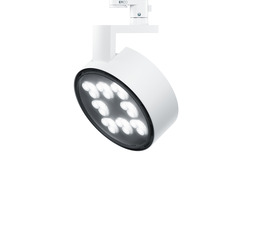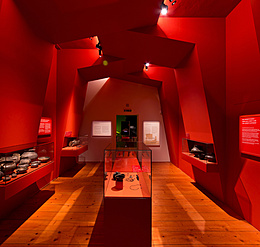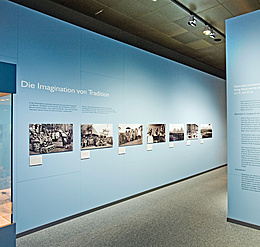The reopened Archaeological Museum in Madrid is highly popular with the public. The contextual focus is placed on Iberian art such as the Lady of Elche. Precise accent lighting from ERCO lends the historical exhibits an expressive and contemporary appearance.
The fourth of August 1897 was to become a very special day for 14 year-old Manuel Campello Esclápez. Whilst doing farming work near to the Spanish town of Elche he discovered a large stone, that when looked at more closely was found to be a female bust with very high artistic quality. Today this is known as the "Lady of Elche" and is deemed a masterpiece of Iberian art. The piece dates back to the fourth or fifth century before Christ, has a height of 56 centimetres and is made of limestone. The eyes are filled with a glassy paste and residues of coloured paint are still visible on the figure. In addition to a large necklace, the lady also has a complex hairstyle and is adorned with a bonnet with jewellery. There is some doubt about whom the figure depicts – possibly an aristocratic lady. The bust has already been exhibited in several museums such as the Louvre in Paris, and can be now be seen in the Museo Arqueològico Nacional.
















